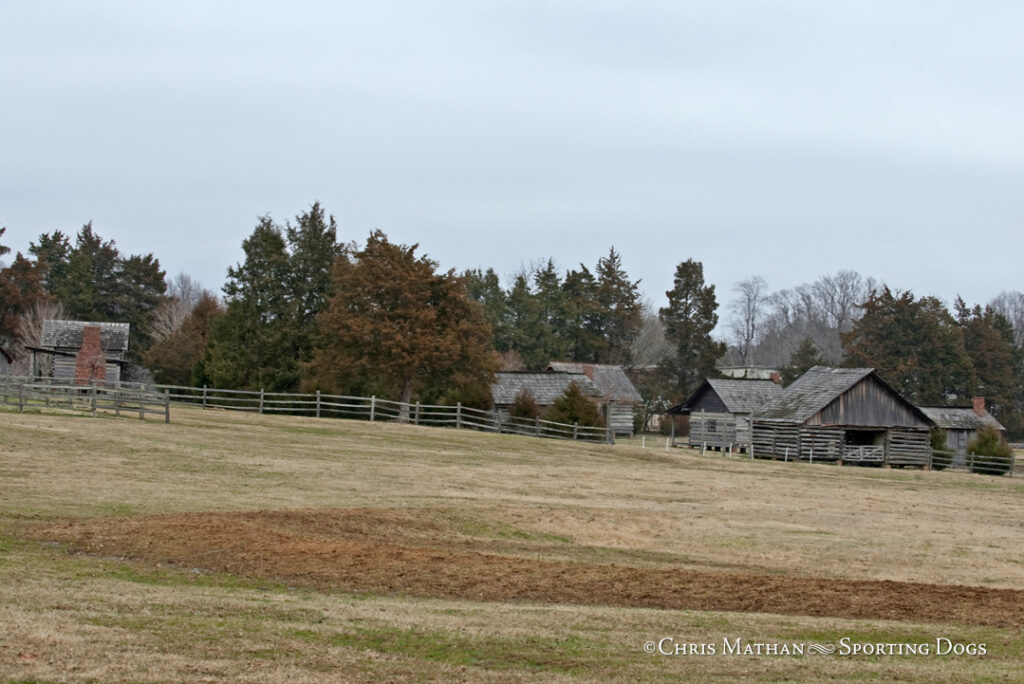He was a mystery man. None on the circuit knew him or where he came from, who his parents or other kin were, where he had been before he showed up at the Ames Plantation one February pulling a small goose-neck horse trailer holding three dog horses with a five-year-old diesel dually bearing New Mexico plates. His voice betrayed no accent or region’s twang; his complexion and facial features could have been guessed to reveal a mixture of all or some of several races, white, hispanic, black, Native American, oriental, which and in what proportions was anyone’s guess; he would not be described as handsome or ugly, his age was guessed as between twenty-five and thirty-five. He dressed in jeans and Khaki Dickies shirts and Russell slip-on boots and wore a whistle lanyard around his neck.
He rented stalls for his mounts at the morning breakaway and told the Ames hand in charge of that he was available to scout for anyone in need of one. The offer implied he knew the courses but no one present had ever seen him riding here before, and in fact he had not. He had only studied Google Earth on his lap top computer, kept hidden in a duffle in the back seat of his four-door dually. He had learned reading topography that way serving as an Army Ranger after graduating West Point and serving in Afghanistan and Iraq.
He rode every brace of that National Championship, but was not hired by anyone to scout. That suited him fine, for his offer of scouting services was in fact cover for his real reason for being there, as an agent of Homeland Security. Word had reached that agency that a foreign terrorist was working as a farmhand on Ames. The terrorist, of mid-eastern origin, had crossed the Mexico-Texas border three months earlier. The week after the National Championship finished, he and two other agents of Homeland Security arrested the terrorist on Ames and placed him in federal custody. No one working on Ames ever knew of the arrest, executed at two am at the tenant house assigned the terrorist by Ames management.
